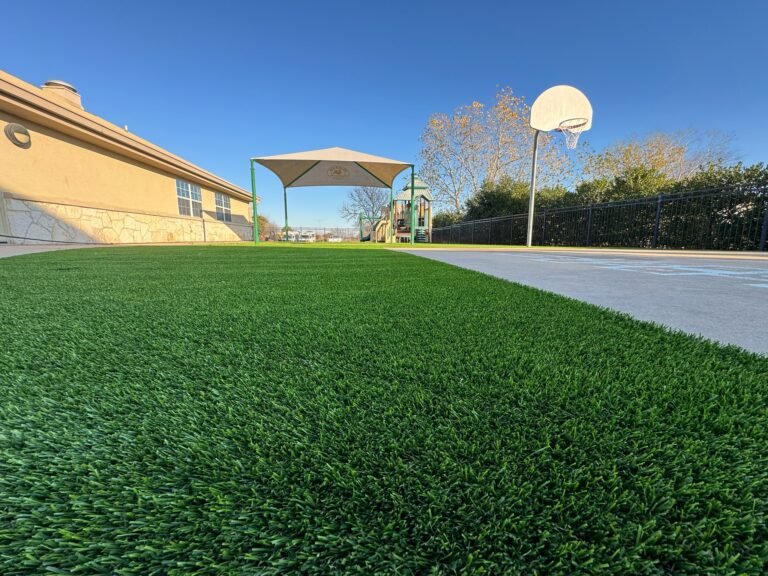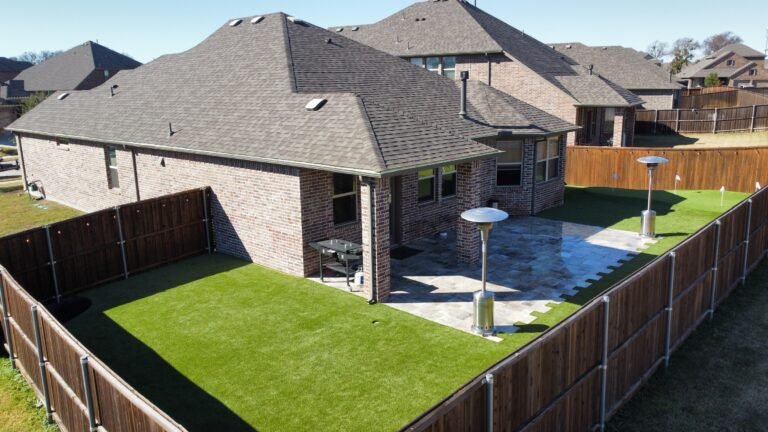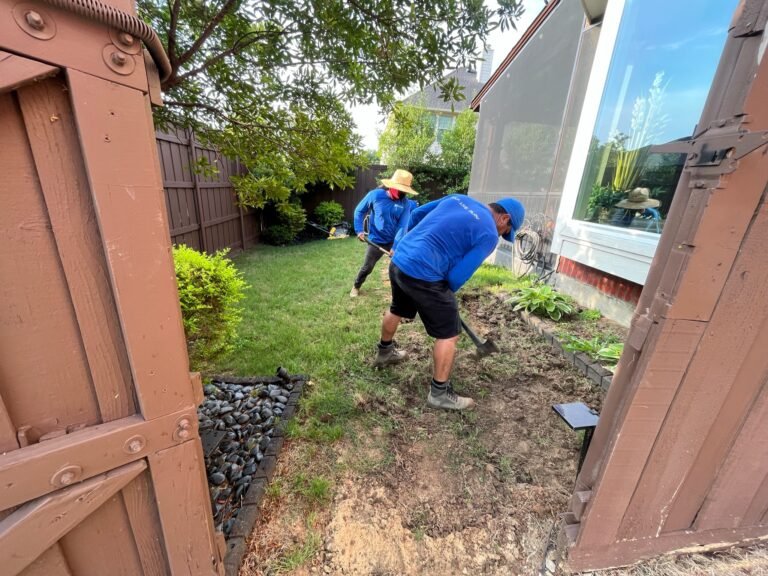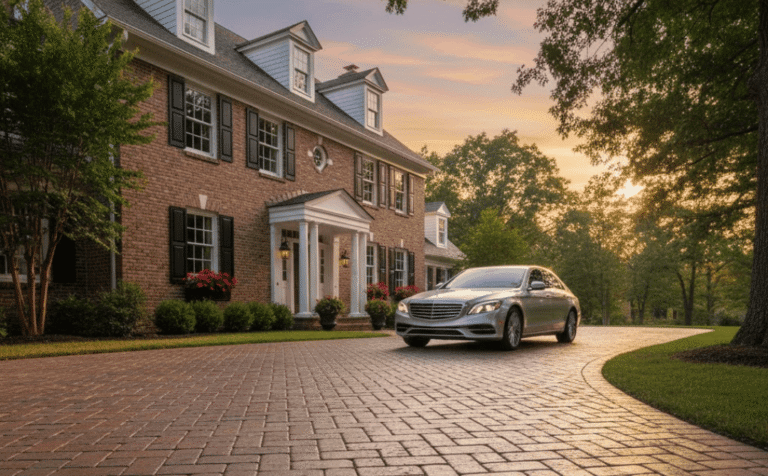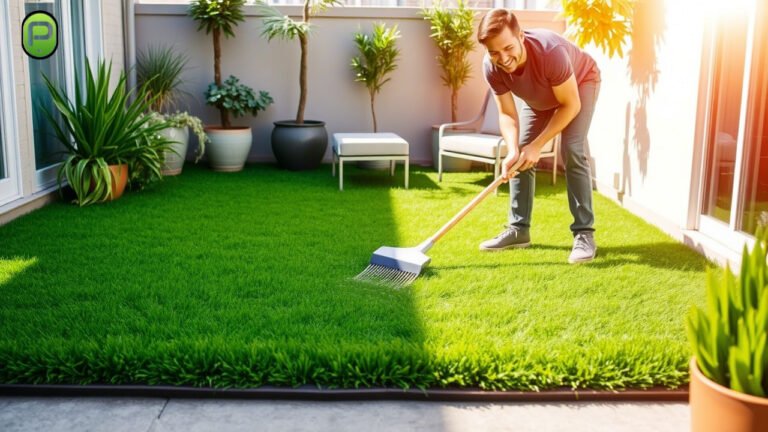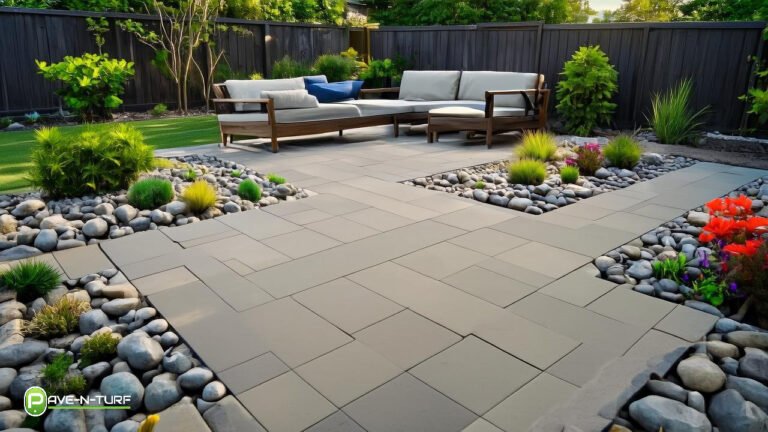Top Mistakes to Avoid When Installing Premium Landscape Pavers
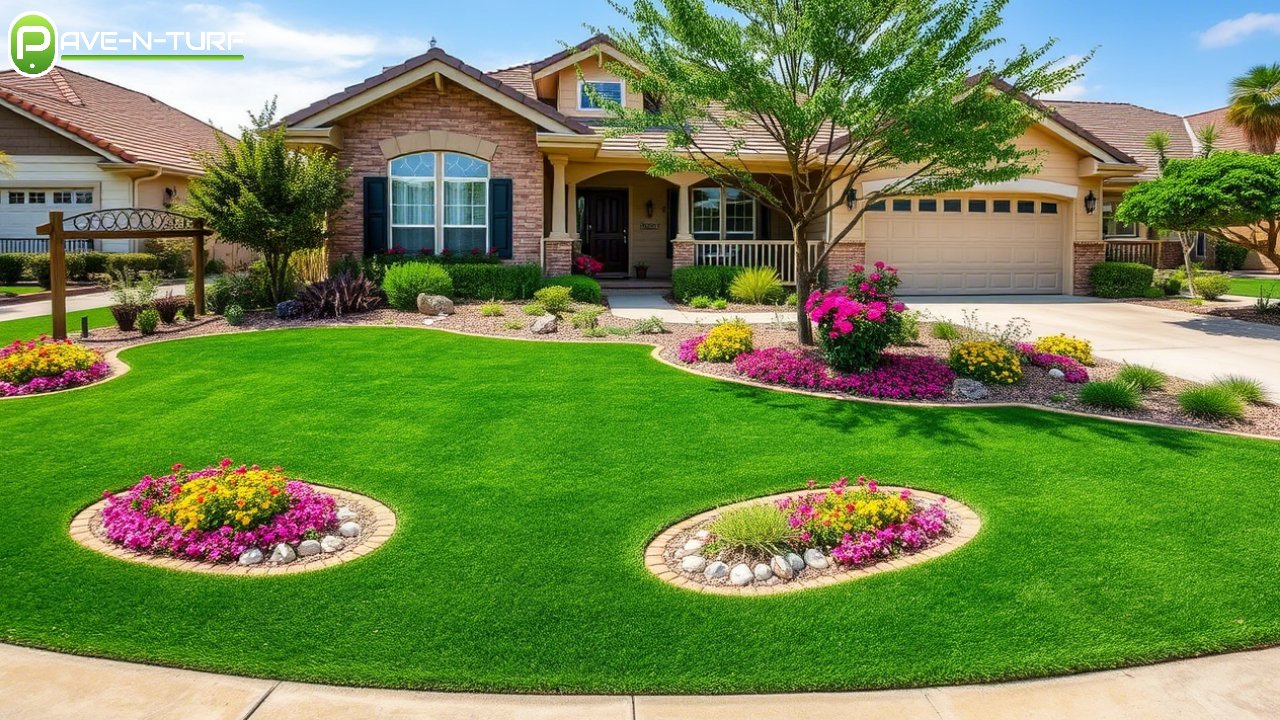
Introduction
Updating your outdoor area with Premium Landscape Pavers can dramatically enhance the curb appeal and functionality of your property. If you are installing a chic patio, a tough walkway or a luxurious pool deck, Premium Landscape Pavers deliver strength, beauty and long-lasting value. But just like any great investment, getting renovations wrong can be costly.
Even though premium materials provide plenty of benefits, the installation will make a big impact on how long your pavers will last and how good they will look over time. When it comes to your pavers, there are a small handful of mistakes that can doom the project, including poorly prepared sub-bases and not using edge restraints.
Let’s walk through a few of the biggest avoidable mistakes when it comes to working with Premium Landscape Pavers to help you get your project right the first time.
Why Choose Premium Landscape Pavers in the First Place?
Before talking about the mistakes, we should first recognize why Premium Landscape Pavers are worth the hassle. Premium Landscape Pavers are made from natural stone, high-density concrete, or porcelain. These pavers offer remarkable functionality, durability, color retention, and design versatility and can be used in both residential and commercial spaces. Premium pavers are an excellent complementary extension to design features such as water features, garden beds, and even Decorative Rock applications!
When installed properly, premium pavers can outshine traditional poured concrete in terms of looks, maintenance and resale value.
Top Installation Mistakes to Avoid
1. Skipping a Solid Base Foundation
Is there any mistake worse than simply not digging deep enough? An adequate base, usually made of compacted gravel and sand, is paramount to the performance of your Premium Landscape Pavers. If you do not give this step positional respect, you will get problematic uneven surfaces, drainage issues, and eventually your pavers will shift and/or crack.
Tip: Excavate 6–8 inches deep for walkways and 10–12 inches for driveways, then layer in crushed stone and leveling sand.
2. Poor Drainage Planning
Drainage is typically the last of the factors considered, even though it is absolutely vital. It is important to ensure that water in and of itself doesn’t pool under pavers otherwise it will create erosion and frost heave. It doesn’t matter how good the quality of the pavers; over time they will buckle under the pressure if there is water underneath.
Solution: Slope the base away from buildings (at least 1/4 inch per foot) as well you can use edge drains you can also use french drains if necessary.
3. Failing to Compact Between Steps
Compacting is not a single event. You need to compact the sub-base, base, and sand bedding, or else you’re opening yourself up to the potential of settled or moved pavers.
Use: A plate compactor after each lift – even after you finish placing the pavers.
4. Not Using Edge Restraints
Edge restraints are crucial to keeping your pavers in place. Without them, the pavers can start to spread out over time, especially with foot traffic or vehicles involved.
Install: Concrete curbs, plastic edging, or metal spikes to lock in the perimeter and maintain a tight layout.
5. Choosing the Wrong Paver Type for the Project
Not all Premium Landscape Pavers are suitable for every space. For example, sleek porcelain may not be ideal for sloped driveways due to low friction, while natural stone might not be best in freeze-thaw climates.
Advice: Match the paver’s durability and texture to the intended use and climate.
6. Laying Pavers Without a Pattern Plan
Winging it with paver placement can result in awkward cuts and uneven lines. Having a solid design pattern ensures a clean, professional finish and minimizes waste.
Pro Tip: Try running bond, herringbone, or modular patterns for visual interest and strength.
7. Ignoring Joint Sand and Sealant
Polymeric sand helps lock the pavers together and prevent weed growth. Skipping this step or using the wrong sand can reduce the lifespan of your installation.
Likewise, sealing your pavers helps protect the surface from stains, water absorption, and fading.
Reminder: Sweep in polymeric sand after installation, then seal once the surface is clean and dry.
How to Ensure Long-Term Success With Premium Landscape Pavers
1. Hire Experienced Installers
Even if you’re going the DIY route, consult with professionals for design and base prep advice. Reputable contractors understand paver behavior, soil composition, and proper layering.
2. Use Complementary Elements Wisely
Blend your Premium Landscape Pavers with design elements like water features, planters, and Decorative Rock to enhance visual flow and texture. But be cautious not to overcrowd the area simplicity often speaks louder in design.
FAQ: Common Questions About Premium Landscape Pavers
Q1: Can I install Premium Landscape Pavers myself?
Yes, but only if you’re comfortable with excavation, base compaction, and precise leveling. For large or complex spaces, hiring professionals is a better call.
Q2: How long do Premium Landscape Pavers last?
With proper installation and care, they can last 25 to 50 years longer than asphalt or standard concrete slabs.
Q3: Are Premium Landscape Pavers slippery when wet?
Most premium pavers are designed with textured surfaces to improve traction, but always check the slip resistance rating, especially for poolside areas.
Q4: Can I pair Commercial Artificial Turf with Premium Landscape Pavers?
Absolutely. Combining turf with pavers offers a modern, low-maintenance look. This combo is especially popular in rooftop gardens and hospitality landscaping.
Conclusion: Set Your Project Up for Success
Installing Premium Landscape Pavers is an investment in long-term beauty, value, and function. But rushing the job or cutting corners can ruin the final result. From base prep to edge restraints, every detail matters when you’re working with premium materials.
Avoiding these common mistakes not only protects your financial investment but ensures that your outdoor space remains functional and beautiful for years to come.
As you finalize your design, consider enhancing your space further with elements like Commercial Artificial Turf and Decorative Rock both of which pair seamlessly with pavers for a complete, polished look.

